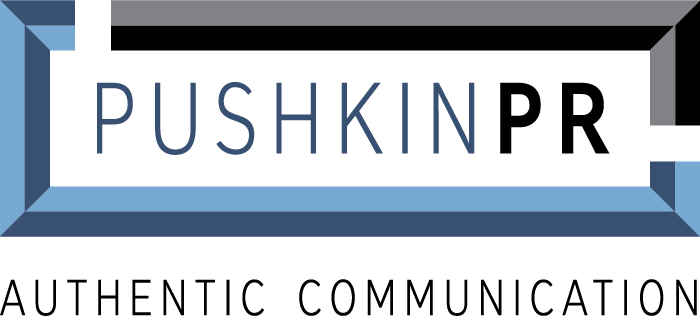
Social media can be a very fast and effective way to communicate with key stakeholders in the event of a crisis. However, it adds a level of complexity to crisis communication that can be overwhelming to PR practitioners. The public now expects a higher degree of transparency and speed, and organizations struggle to understand the role social media can play.
Here are three ways you can use social media in a crisis.
Provide resources and accessibility.
With 71 percent of online adults using Facebook and 23 percent using Twitter, social media seems like the channel to reach the masses. However, Facebook’s organic Page reach is just 2.6 percent. And only about two percent of your Twitter followers actually see your Tweets.
So what’s the point of sharing your message on social platforms at all?
The role of social media in your crisis communications plan is to provide resources and be available to journalists (59 percent of whom are on Twitter) and key influencers who can amplify your message. It also is a place to offer up information to your stakeholders, many who use social media as their primary source for news and current events.
So, provide accurate, timely facts; remain accessible; and follow up with new information as soon as it becomes available.
An example: In the aftermath of the Boston Marathon bombings, the Boston Globe used Twitter to report from the field on a volatile story that affected millions.
Partner with the public.
During a crisis, social media allows organizations to communicate directly with the people being affected by the incident. In many cases, those people have a clearer understanding of the situation and can help your organization gather accurate field data.
Establish an official hashtag, and encourage your followers to use that when communicating about the situation. Use search and Twitter lists to uncover what people are saying about the crisis, and use that information to guide your communication strategy.
An example: When US Airways Flight 1549 crash-landed in the Hudson River, the news broke thanks to individuals on the scene. The first recorded Tweet came from @Manolantern, four minutes after the crash. A few minutes later, a passenger on one of the New York commuter ferries diverted to rescue the passengers, took a picture of the plane and posted it on Twitter.
Monitor the message.
In addition to being a crisis extinguisher, social media can also act as an accelerant. And, many times those people acting as instigators aren’t in your community. They don’t even use the same channels as your organization, instead using niche platforms or blogs to speak their minds.
That’s why monitoring tools are so important. There are many options for all budgets and scales, and any public relations firm you work with should have the ability to monitor online chatter and sentiment. These tools are not perfect, so it’s still crucial to have relationships with journalists and influencers that you can leverage during a crisis.
An example: When Sir Patrick Stewart aka Captain Jean-Luc Picard of Star Trek Tweeted this complaint, more than 1,800 users retweeted it, and media outlets picked up the story.

Love it or hate it, social media is an integral component to any comprehensive crisis communications plan. If you don’t know where to begin, let’s talk about how we can help.
